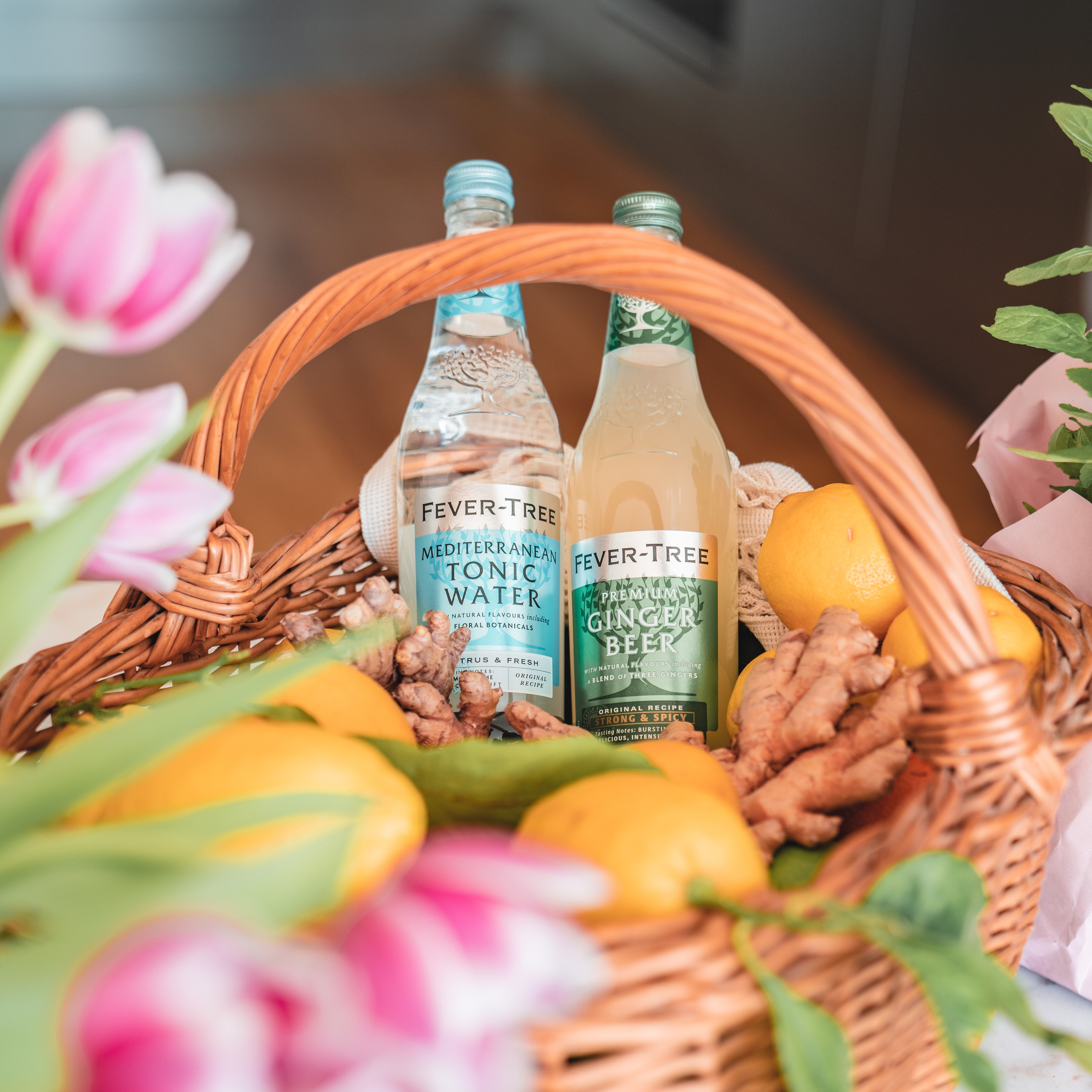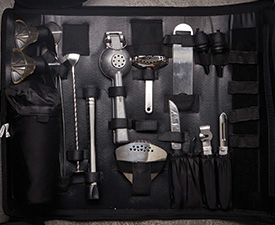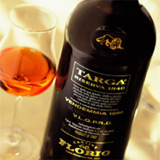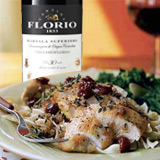Marsala is a wine produced in the region surrounding the city of Marsala in Sicily. While the natives drink 'vintage' Marsala, the wine made for export is a fortified wine similar to Port. Originally fortified to ensure that it would last long voyages, it is made that way now due to its popularity.
The introduction of Marsala to a wider audience is attributed to the English trader John Woodhouse. The name came from the Greek warlord Marsala who believed his men fought with more flair by drinking a little before battle. In 1773, Woodhouse landed at the port of Marsala and discovered the local wine. Made using a process called 'in perpetuum', similar to the solera system used to make Sherry.
Marsala proved so successful in England, that Woodhouse returned and in 1796, began mass production. In 1833, entrepreneur Vincenzo Florio bought great swathes of land and set to making his own exclusive Marsala. Florio purchased Woodhouse's firm, and others, in the late 1800's and consolidated the industry. Florio is one of the leading producers of Marsala today.
Marsala is produced using; Grillo, Inzolia, and Catarratto white varietals. The wine is characterized by its fairly intense amber colour, and its complex aroma, 16-20% Alc.
Classifications:
Fine - has minimal aging, typically less than a year.
Superiore - is aged at least two years.
Superiore Riserva - is aged at least four years.
Vergine or Soleras - is aged at least five years.
Vergine or Soleras Stravecchio & Vergine or Soleras Riserva - is aged at least ten years.
Traditionally served as an aperitif; today it can be served chilled with Parmesan, Gorgonzola, and other spicy cheeses, with fruits, pastries, or at room temperature as a dessert wine. Marsala is frequently used in cooking, especially in Italian restaurants, e.g. Marsala sauce, one of the most popular recipes is Chicken Marsala; Marsala is also used in risotto recipes, and is used to produce rich Italian desserts such as zabaglione.











